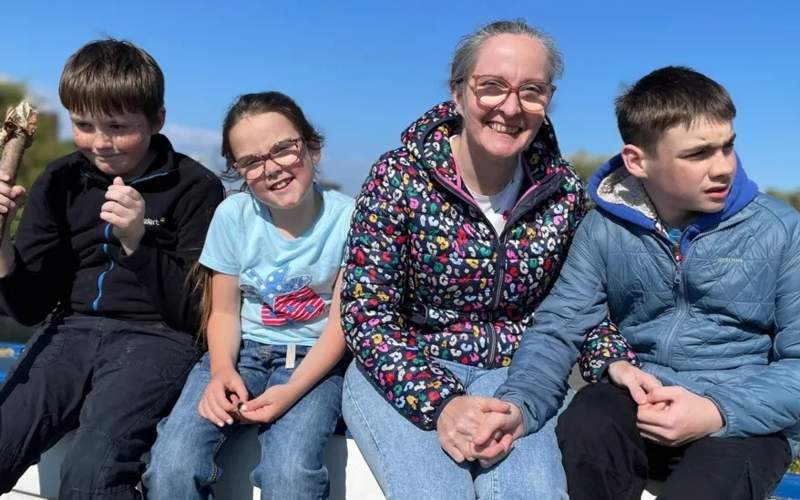UK teenager receives groundbreaking brain implant for epilepsy

A UK teenager with severe epilepsy has become the first person in the world to be fitted with a brain implant aimed at bringing seizures under control, reports Kazinform.
Oran Knowlson’s neurostimulator, which sits under the skull, sends electrical signals deep into the brain, reducing his daytime seizures by 80%. His mother, Justine, noted that her son has been happier, more talkative, and has experienced a much better quality of life since receiving the device. “The future looks hopeful, which I wouldn’t have dreamed of saying six months ago,” she said.
Martin Tisdall, a consultant paediatric neurosurgeon who led the surgical team at Great Ormond Street Hospital (GOSH) in London, said, “For Oran and his family, epilepsy completely changed their lives, and so to see him riding a horse and getting his independence back is absolutely astounding.”

Oran, who is 13 and lives in Somerset, underwent the surgery in October as part of a trial at GOSH in partnership with University College London, King’s College Hospital, and the University of Oxford. He has Lennox-Gastaut syndrome, a treatment-resistant form of epilepsy which he developed at the age of three. Before the device, Oran hadn’t had a single day without a seizure and sometimes suffered hundreds in a day. He often lost consciousness and would stop breathing, needing resuscitation. This required round-the-clock care and increased his risk of sudden unexpected death in epilepsy (SUDEP).
The Picostim neurostimulator, made by UK company Amber Therapeutics, was inserted with two electrodes placed deep into Oran’s brain, reaching the thalamus. The wires, requiring precise placement within less than a millimetre, were connected to the neurostimulator. This 3.5cm square and 0.6cm thick device was placed in a gap in Oran’s skull and anchored using screws to the surrounding bone. It can be recharged through wearable headphones.
Once Oran recovered from surgery, the device was activated, delivering constant mild electrical stimulation to block the pathways that allow seizures to occur. “We’ve seen a big improvement; seizures have reduced and are less severe,” said Justine. “He’s a lot more chatty, more engaged. He’s turned 13 and I definitely now have a teenager – he’s happy to tell me no. But that adds to his quality of life, when he can express himself better.”
The CADET (Children’s Adaptive Deep Brain Stimulation for Epilepsy Trial) pilot will now recruit three additional patients with Lennox-Gastaut syndrome, aiming to recruit 22 patients for a full trial.
